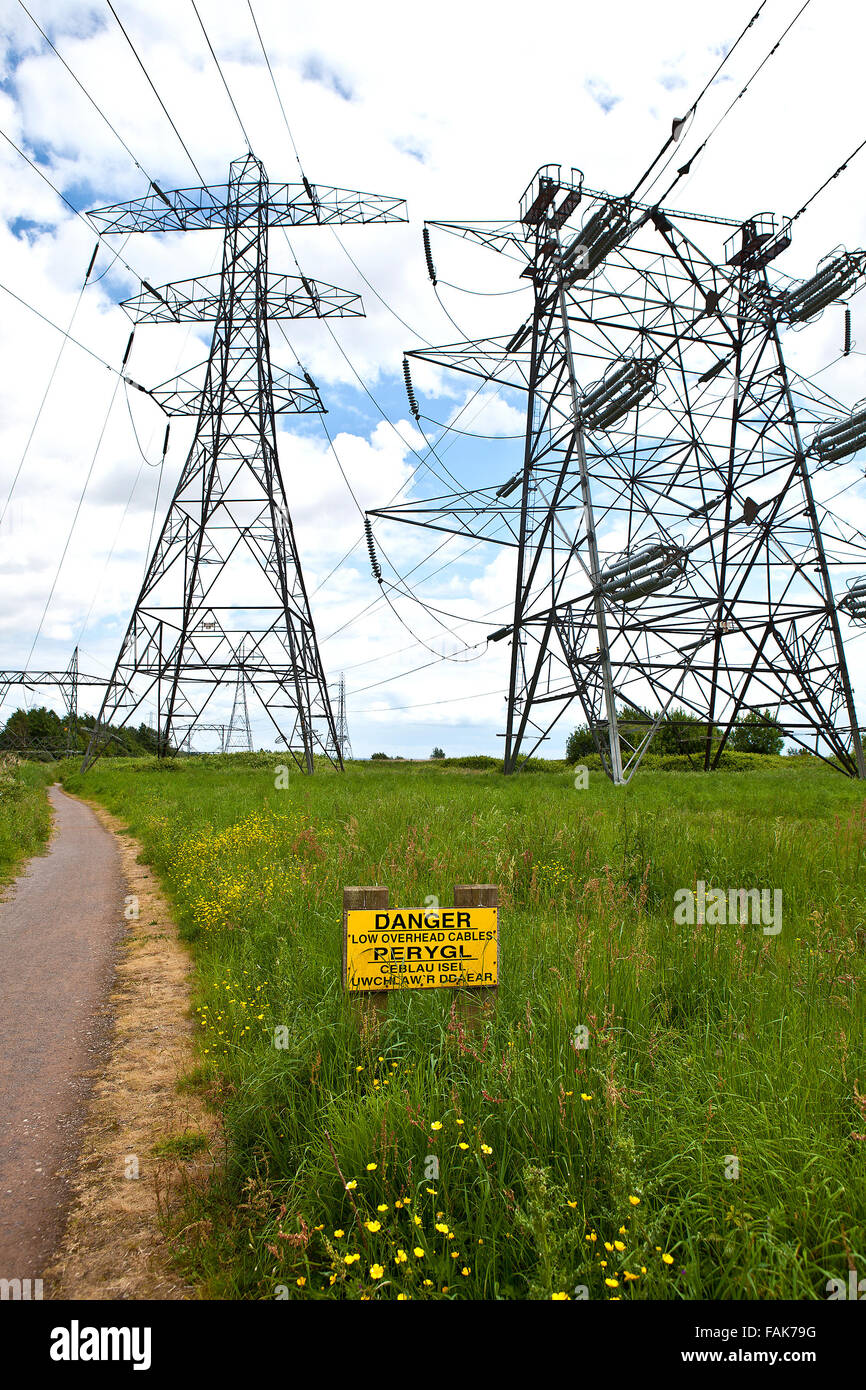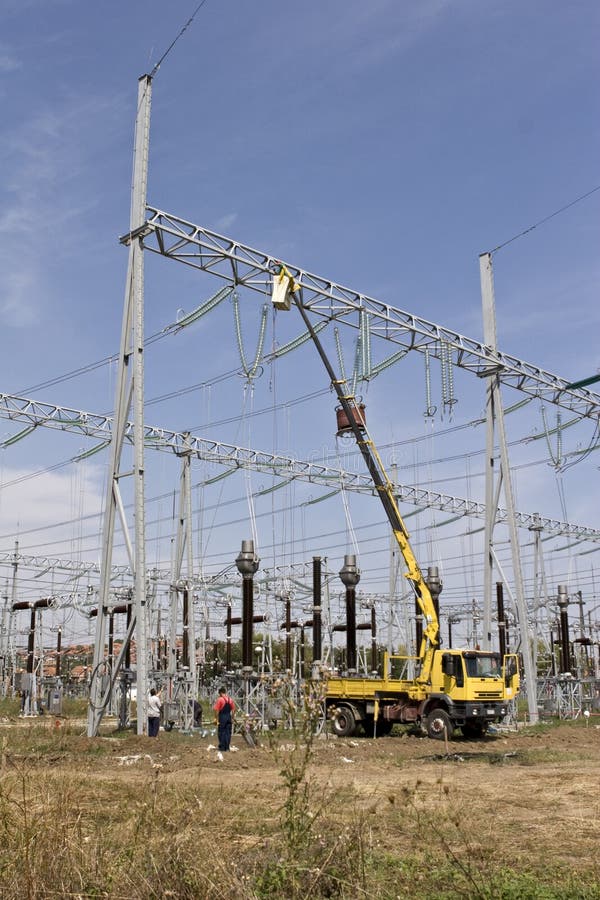

We do not regulate the delivery of electricity in Canada.The temperature development on a high voltage power line indicates whether the line can still handle the transportation of additional energy or not.

contributes to the World Health Organization's International EMF Project.conducts research on potential health effects from electromagnetic fields.monitors the science on electromagnetic fields.To protect your health and safety, Health Canada: What we do to keep you safe from extremely low frequency EMFs
High voltage power lines how to#
Learn how to use electrical products safely. Electrical shock can happen when an electrical product is used incorrectly. You don't need to take precautions to protect yourself from these kinds of exposures.Įxposure to extremely low frequency EMF is not the same as electrical shock. The electric signals used by your brain and nervous system make it possible for you to move, think and feel.Įxtremely low frequency EMF exposures in Canadian homes, schools and offices are far below the limits recommended in the ICNIRP guidelines. These guidelines help ensure that exposures to extremely low frequency EMF do not create electric currents that are stronger than the ones made naturally in your body. The International Commission on Non-Ionizing Radiation Protection (ICNIRP) has issued guidelines for limiting exposure to extremely low frequency EMF. While some people are concerned that long term exposure to extremely low frequency EMF may cause cancer, the scientific evidence does not support such claims. The potential health effects of extremely low frequency EMF has been studied extensively.

When you are inside your home, the electric fields from transformer boxes and high voltage power lines are often weaker than the fields from household electrical appliances.


 0 kommentar(er)
0 kommentar(er)
